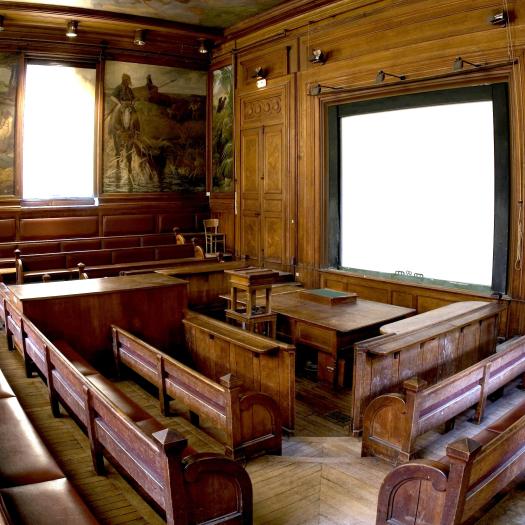PhD Defense - Nicolas Gentis


La soutenance se tiendra au Muséum national d’Histoire naturelle (Jardin des Plantes, amphithéâtre Rouelle)
The jury will be composed of:
Abstact:
The Indo-Asian collision is a well-studied geological event. Initiated during the Paleogene, it had a profound impact on Asian ecosystems by facilitating biotic exchanges between Africa, India, and Asia. The exchanges following the collision during the Neogene are well-documented, highlighting the Gondwanan origins (Africa, South America, Australia, Antarctica, India) of many lineages now present in Southeast Asia, which transited through India. However, the timing and nature of these biotic exchanges before or during the Paleogene collision remain much less understood due to a lack of data from this period. The same is true for the evolution of climate and the establishment of systems like the monsoon regime. The Burma Terrane, located in what is now western Myanmar, has nevertheless yielded numerous Paleogene and Neogene sites with plant remains. Isolated during the Cretaceous, this block collided with India at the beginning of the Cenozoic, followed by a collision with Asia. It then can be seen as a conduit for biotic exchanges and an area of interest for tracing climate and vegetation evolution. This study aims to document these changes throughout the Cenozoic by examining fossil wood from the Burmese Terrane. Until now, only about thirty reliably dated specimens had been documented. In this work, we add 97 new specimens dated to the Middle Paleocene, Middle Eocene, Lower Oligocene, and Lower Miocene. We will see that the eleven Paleocene specimens, including two palms, exhibit anatomical diversity similar to that of Indian flora from the same period, indicating an assemblage of Gondwanan and Laurasian elements. The persistence of Gondwanan elements over time is further explored through six taxa from the Eocene and Oligocene. These findings suggest the existence of an Indo-Myanmar Paleofloristic Province during the Paleogene, characterized by a degree of Gondwanan heritage endemism. They also support the possibility of two dispersal pathways to the Burma Terrane and then to Asia: either through an intermediate passage via India or through the Trans-Tethyan Arc, serving as a series of stepping stones. This floristic province persisted at least until the Oligocene and acted as a “holding pen” from which some taxa, such as the Dipterocarpaceae, dispersed into Asia, while others remained confined to the region. Building on these findings, the addition of 47 new specimens to the Eocene and Oligocene assemblages reveals the presence of unique morphologies and significant anatomical diversity. They support the early existence of a pronounced alternation between dry and wet seasons, similar to the monsoon, and the coexistence of a mosaic of ecosystems that favored the persistence of diverse plant lineages. Finally, we will see that the 30 Miocene specimens stand out due to the abundance of taxa typical of wet seasonal climates, characteristic of Southeast Asian forests. This humid incursion is interpreted as an intensification of the monsoon regime, leading to increased precipitation, with the uplift of the Indo-Burman Range not appearing significant enough to induce orographic rainfall. Myanmar thus emerges as a crucial witness to the biogeographic history of forest ecosystems, closely linked to that of India, with a Gondwanan heritage that persisted throughout the Paleogene. Seasonal climates fostered the coexistence of different ecosystems and floristic exchanges with Asia. The varying intensity of the monsoon, combined with Quaternary climatic changes and the final establishment of topography, eventually led to the distinct floras of Myanmar and India.



